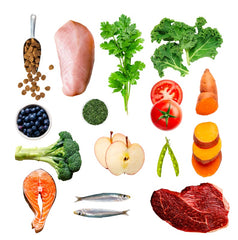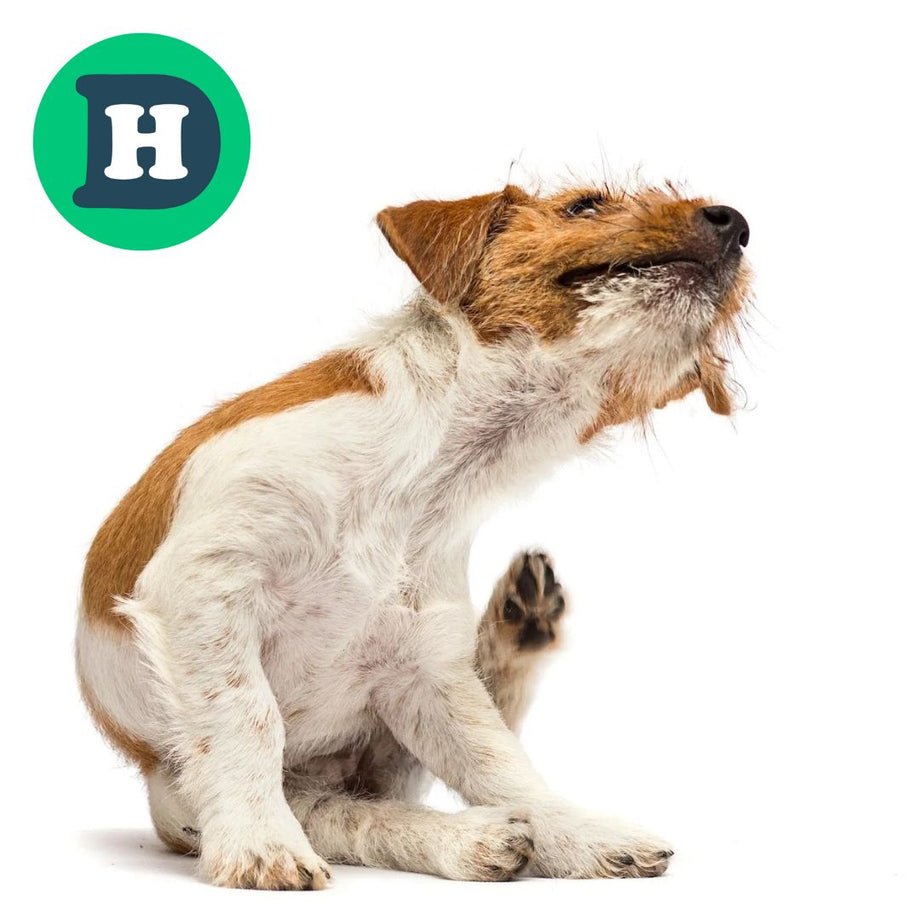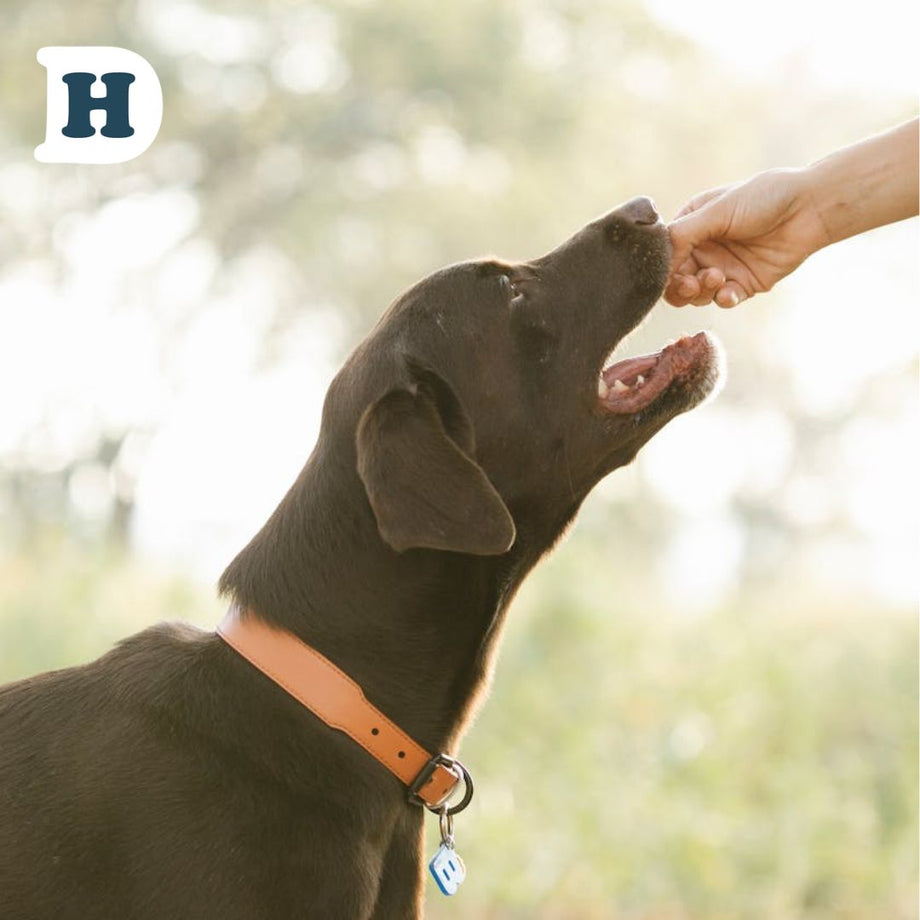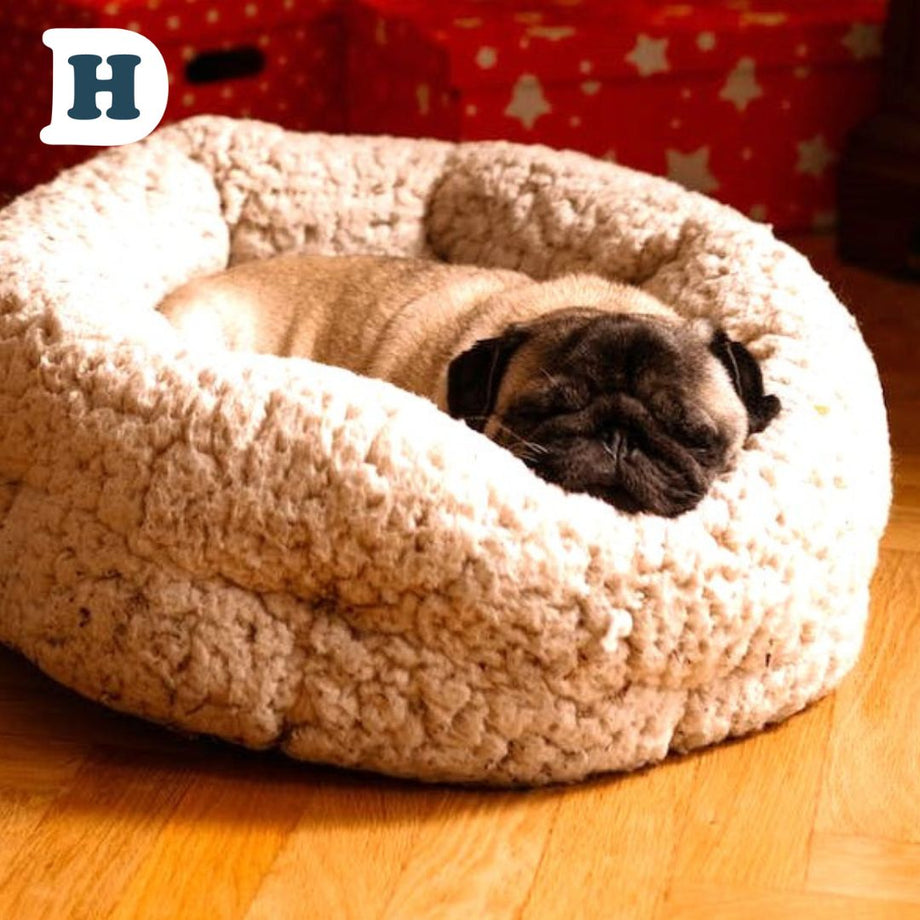
Dogs are known for their loyalty, affection, and playfulness, but as much as we love our furry companions, they are not immune to health issues. Incontinence, a condition that causes dogs to lose control of their bladder or bowels, can be a frustrating and embarrassing problem for both pets and their owners. While it's not uncommon for older dogs to experience incontinence, it can also affect younger dogs due to medical or behavioral reasons. Managing incontinence in dogs requires patience, consistency, and a few practical tips to keep your home clean and your pet comfortable. In this article, we'll explore some effective solutions to help pet parents cope with incontinence in dogs, from using absorbent products to modifying your dog's diet and exercise routine. So, if you're tired of dealing with stains and odors, and want to help your dog live a happier and healthier life, read on for our pawsitively dry tips!
Understanding incontinence in dogs
Incontinence in dogs is a condition where a dog loses control over its bladder or bowels, resulting in involuntary leaking of urine or feces. This can happen during sleep, when the dog is active, or at any other time. Incontinence can be a sign of an underlying medical condition, or it can be a behavioral problem. Understanding the causes and types of incontinence can help you manage the condition more effectively.
Causes of incontinence in dogs
There are several causes of incontinence in dogs, including age, hormonal imbalances, neurological conditions, and urinary tract infections. In older dogs, incontinence is often caused by weakened muscles in the bladder and urethra. Hormonal imbalances, such as low estrogen levels in female dogs, can also weaken the muscles that control the bladder. Neurological conditions, such as spinal cord injuries, can interfere with the signals between the brain and the bladder, causing incontinence. Urinary tract infections can cause inflammation and irritation in the bladder, leading to incontinence.
Signs of incontinence in dogs
The signs of incontinence in dogs can vary depending on the severity and type of the condition. Some dogs may have occasional accidents, while others may experience constant leaking of urine or feces. Common signs of incontinence include frequent urination, dribbling urine, excessive licking of the genital area, and wet spots or stains on bedding or furniture. If you notice any of these signs, it's important to consult with your veterinarian to determine the cause of the incontinence.
Types of incontinence in dogs
There are several types of incontinence in dogs, including urge incontinence, overflow incontinence, and stress incontinence. Urge incontinence is when a dog has a sudden urge to urinate and can't hold it in. Overflow incontinence is when the bladder is full, but the dog can't empty it completely, resulting in dribbling of urine. Stress incontinence is when a dog loses control of its bladder due to physical activity or excitement. It's important to identify the type of incontinence your dog is experiencing, as this can help determine the best course of treatment.
How to manage incontinence in dogs at home
 Managing incontinence in dogs requires a combination of patience, consistency, and practical solutions. One of the most effective ways to manage incontinence is to use absorbent products, such as dog diapers or puppy training pads. These products can help prevent accidents and keep your home clean and odour-free. It's also important to establish a routine for your dog's bathroom breaks, and to provide plenty of opportunities for your dog to go outside to eliminate.
Managing incontinence in dogs requires a combination of patience, consistency, and practical solutions. One of the most effective ways to manage incontinence is to use absorbent products, such as dog diapers or puppy training pads. These products can help prevent accidents and keep your home clean and odour-free. It's also important to establish a routine for your dog's bathroom breaks, and to provide plenty of opportunities for your dog to go outside to eliminate.
Consider a dog door to ensure that your dog has access at all times to the great outdoors. Consistency is key when managing incontinence, so try to stick to a regular schedule to help your dog adjust to its new routine.
Tips for keeping your home clean and odour-free
 Dealing with accidents and odors can be one of the most frustrating aspects of managing incontinence in dogs. To help keep your home clean and odor-free, it's important to clean up accidents as soon as possible. Use a pet-safe cleaner to remove stains and odors, and consider using a steam cleaner to deep clean carpets and upholstery. You can also use air fresheners or odour-neutralising sprays to help eliminate unpleasant smells. Finally, consider using washable bedding and furniture covers to make cleanup easier.
Dealing with accidents and odors can be one of the most frustrating aspects of managing incontinence in dogs. To help keep your home clean and odor-free, it's important to clean up accidents as soon as possible. Use a pet-safe cleaner to remove stains and odors, and consider using a steam cleaner to deep clean carpets and upholstery. You can also use air fresheners or odour-neutralising sprays to help eliminate unpleasant smells. Finally, consider using washable bedding and furniture covers to make cleanup easier.
Products to help manage incontinence in dogs
 There are several products available to help manage incontinence in dogs, including dog diapers, belly bands, and absorbent toilet training pads. Dog diapers are designed to fit snugly around your dog's waist and can be used for both urinary and fecal incontinence. Belly bands are similar to diapers but are designed only for male dogs and are used to prevent urine from leaking out of the dog's penis. Absorbent pads can be used to line your dog's bed or crate, or to protect your furniture and floors from accidents. Talk to your veterinarian or a pet supply specialist to determine which products are best for your dog.
There are several products available to help manage incontinence in dogs, including dog diapers, belly bands, and absorbent toilet training pads. Dog diapers are designed to fit snugly around your dog's waist and can be used for both urinary and fecal incontinence. Belly bands are similar to diapers but are designed only for male dogs and are used to prevent urine from leaking out of the dog's penis. Absorbent pads can be used to line your dog's bed or crate, or to protect your furniture and floors from accidents. Talk to your veterinarian or a pet supply specialist to determine which products are best for your dog.
When to consult a veterinarian
If your dog is experiencing incontinence, it's important to consult with your veterinarian to determine the underlying cause of the condition. Your veterinarian may recommend diagnostic tests, such as blood work or urinalysis, to identify any underlying medical conditions. Depending on the cause of the incontinence, your veterinarian may recommend medications, surgery, or other treatments. In some cases, behavioral modification techniques may be recommended to help manage incontinence.
Preventative measures to reduce the risk of incontinence
 While incontinence can be caused by a variety of factors, there are several preventative measures you can take to reduce the risk of your dog developing the condition. Keeping your dog at a healthy weight can help prevent strain on the bladder and other organs. Regular exercise can also help keep your dog's muscles strong and healthy.
While incontinence can be caused by a variety of factors, there are several preventative measures you can take to reduce the risk of your dog developing the condition. Keeping your dog at a healthy weight can help prevent strain on the bladder and other organs. Regular exercise can also help keep your dog's muscles strong and healthy.
Maintain regular times for feeding your dog, this can be beneficial for your dogs gastrointestinal function. Additionally, a routine deworming schedule can help prevent worms from entering your pet's system which can negatively impact their digestive health. At Delivery hound, we know the benefits of feeding a grain-free diet for maintaining optimal health in dogs. Grains are often used as fillers in commercial dog food, which can lead to overeating and weight gain. By opting for a grain-free option like Man's Best Premium Dog Food, dog owners can ensure that their pets receive the right balance of nutrients without unnecessary additives. Furthermore, a grain-free diet may improve a dog's overall well-being. Dogs are carnivores by nature, and their bodies are designed to thrive on a diet rich in animal protein. By prioritising high-quality animal protein sources, such as lean meats and fish, Man's Best Premium Dog Food provides dogs with the essential amino acids they need for muscle development, immune function, and overall vitality.
Finally, make sure your dog has plenty of opportunities to go outside to eliminate, and consider providing a potty training routine to help establish good habits.
Managing incontinence in dogs can be a challenging and frustrating experience, but with patience, consistency, and practical solutions, you can help your furry companion live a happier and healthier life. Whether you're using absorbent products, modifying your dog's diet and exercise routine, or seeking the advice of a veterinarian, the key is to remain patient and loving throughout the process. By working together with your dog, you can overcome the challenges of incontinence and enjoy many more years of companionship and joy.






